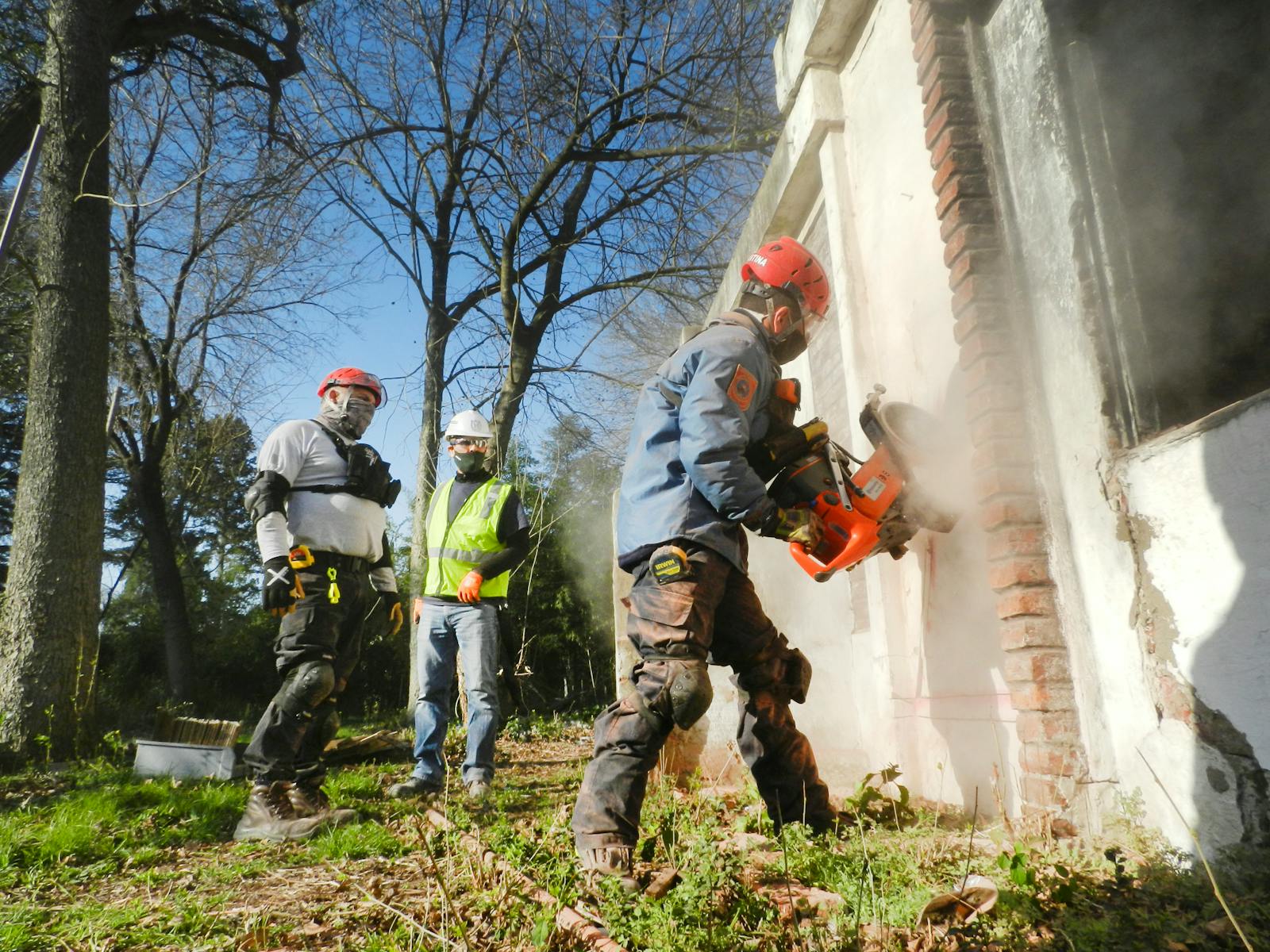
Knowing cost drivers—scope, reinforcement, access, cleanup, and timing—helps you budget accurately, compare quotes fairly, and avoid variations. Clear information upfront ensures transparent pricing and fewer surprises during and after your cutting project.
Steps to Understand Pricing
1. Define scope accurately
Document lengths, depths, slab thicknesses, locations, and finish requirements. Include photos and a marked plan. Precise scopes allow contractors to estimate time, tooling, and manpower accurately, reducing provisional sums and costly variations later.
2. Note reinforcement and hardness
Reinforced or high-strength concrete increases blade wear and cutting time. Advise if you expect rebar, mesh, or post-tension. Accurate material details help select the right tools and schedule appropriately, preventing delays and unplanned charges.
3. Factor access and logistics
Tight access, stairs, long hose runs, and parking limitations extend setup and handling time. Provide details early so crews can plan equipment, staffing, and staging. Good logistics keep labour efficient and the overall price more predictable.
4. Include cleanup and disposal
Slurry capture, disposal, and reinstatement may be separate line items. Specify expectations for wiping surfaces, vacuuming, and waste handling to environmental standards. Clear inclusions prevent disputes and ensure the site is ready for use post-job.
5. Consider timing and urgency
After-hours, weekend, or urgent works can attract surcharges. Flexible scheduling may unlock better rates and crew availability. Align the cutting sequence with other trades to avoid downtime and reduce double handling and site disruption.
Pro Tip
Request an itemized quote with assumptions, inclusions, exclusions, and rates. It standardizes comparisons, improves transparency, and reduces scope creep.
